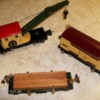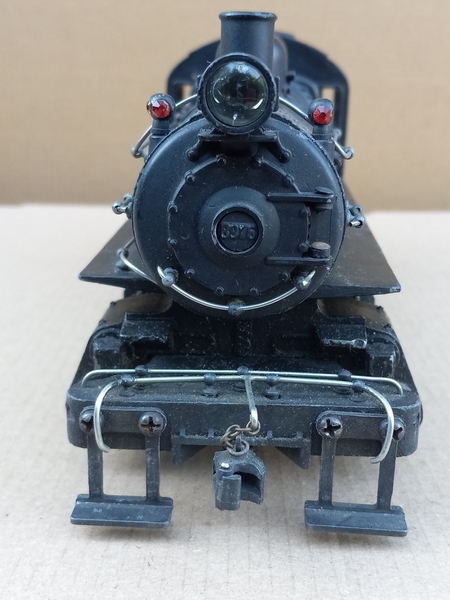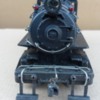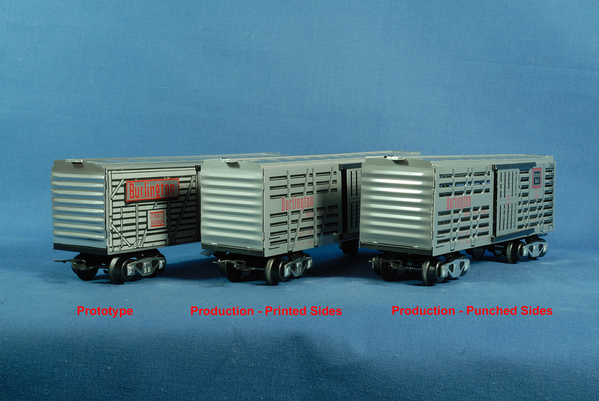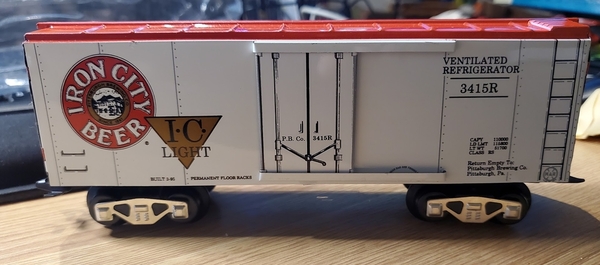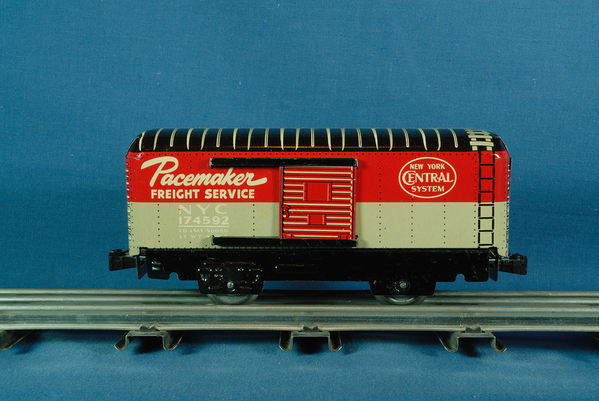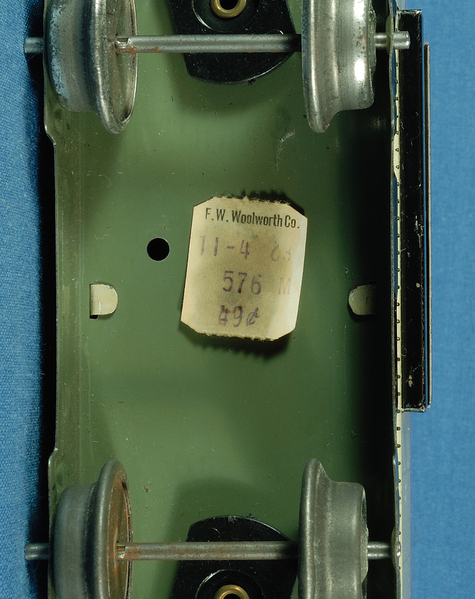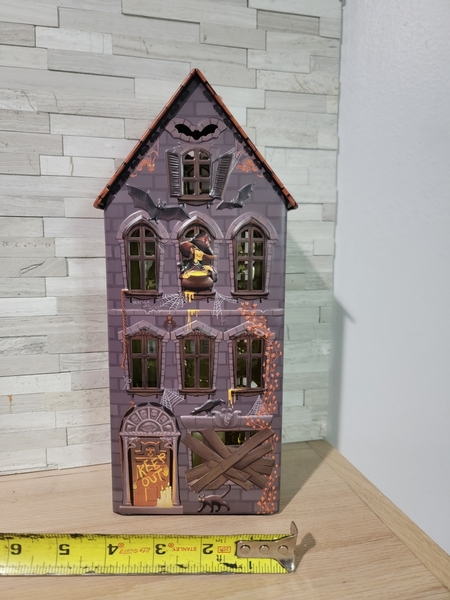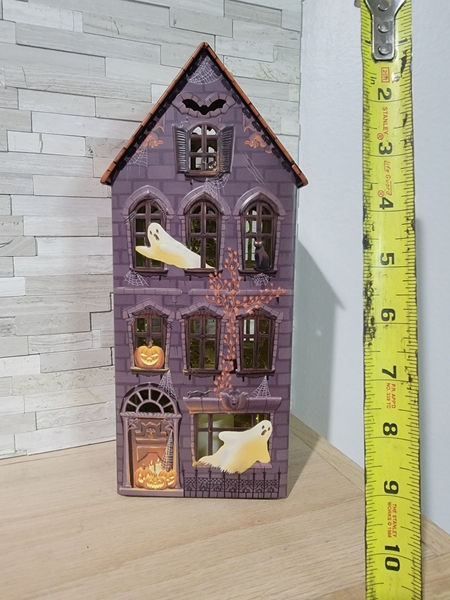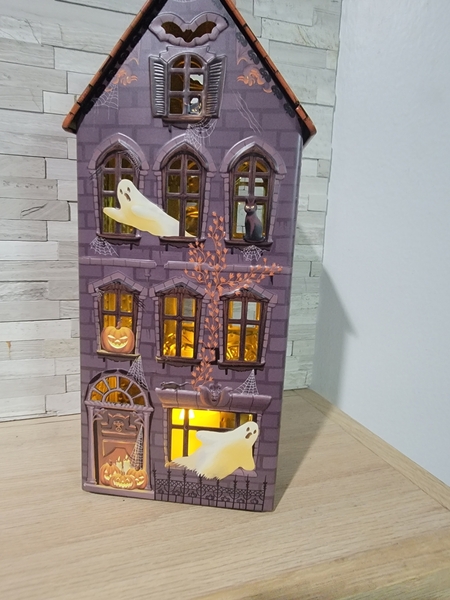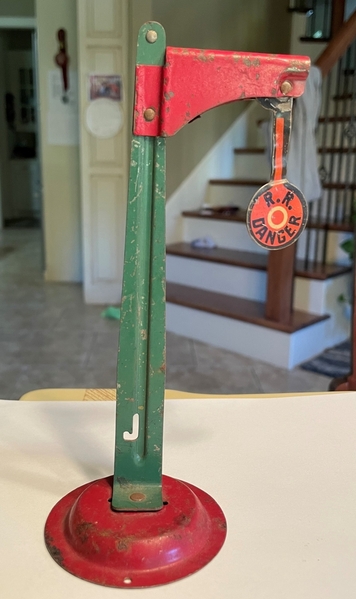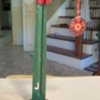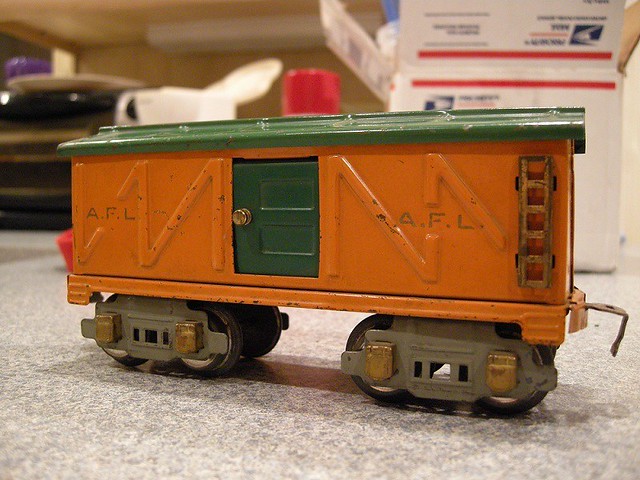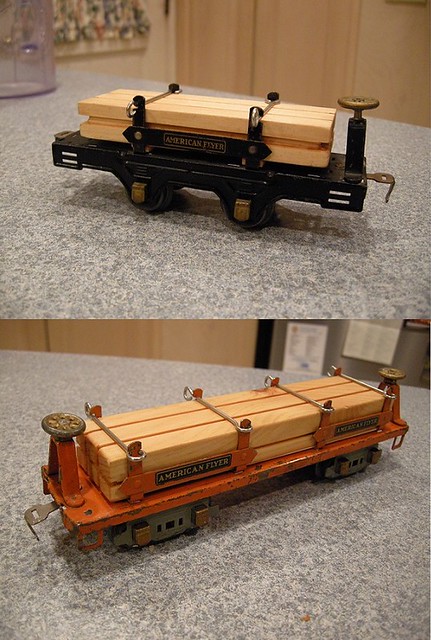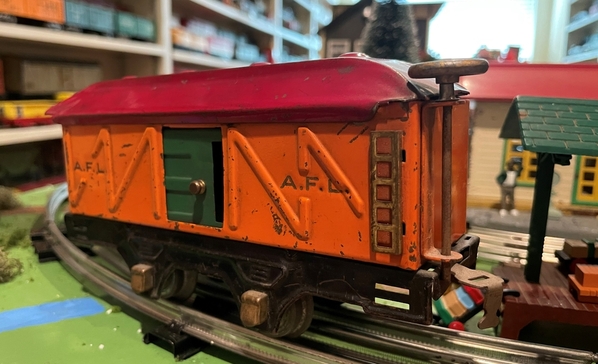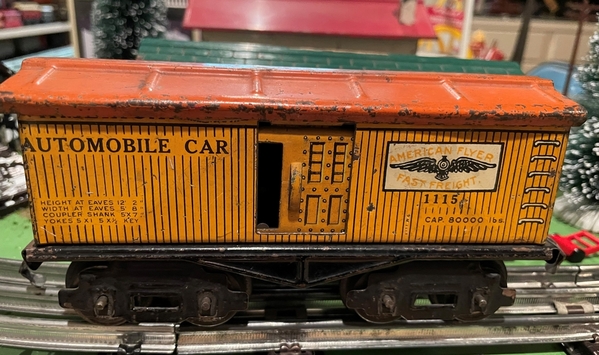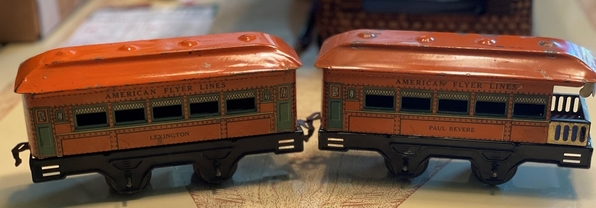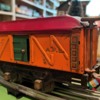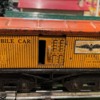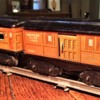I left early for York today, because I went to a Stout Auction. They are 3 hours from home and I figured, why drive back home when I was leaving for York on Saturday. Anyway, I went to the auction to buy a group of trains that contained an unusual American Flyer 3190 from 1931.
First, here is a photo of the common 3190
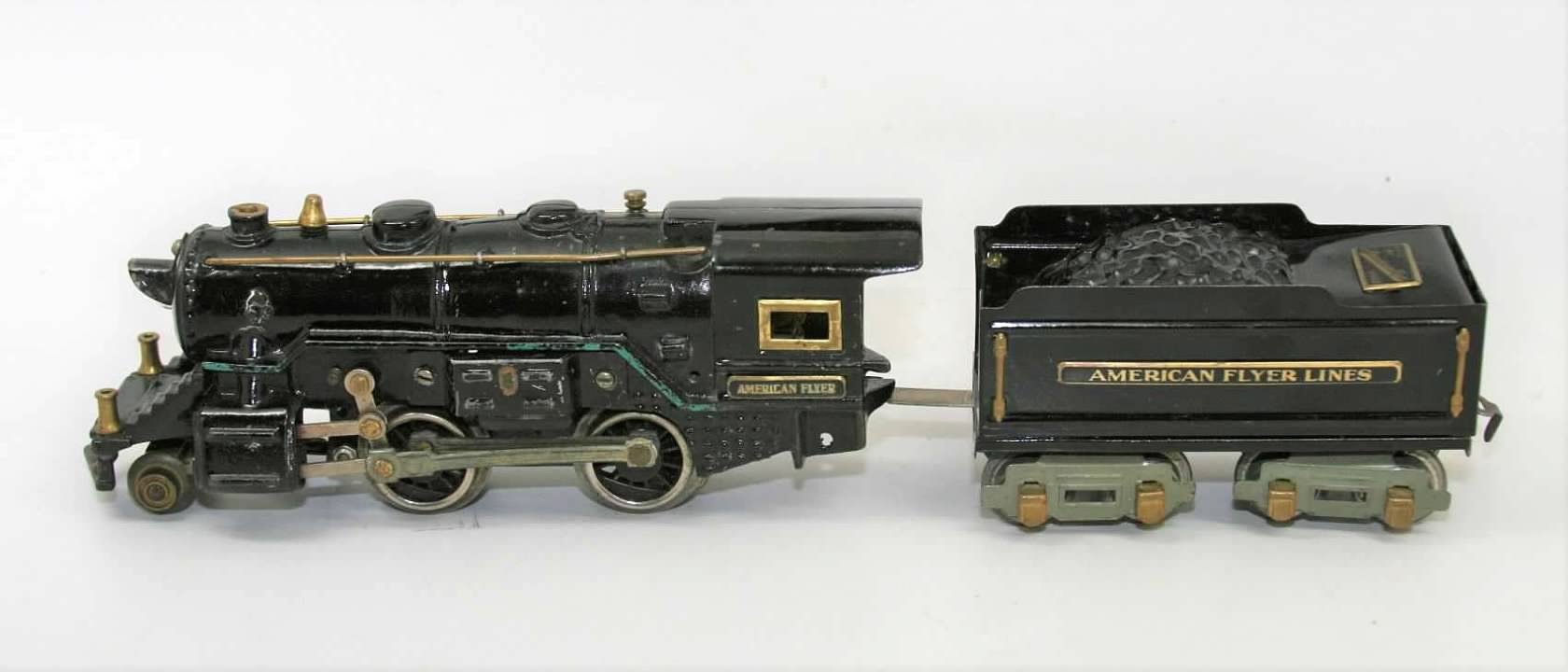
The above engine features a cast iron boiler, 2-4-0 wheel configuration, die cast side rods, and a manual reverse unit, with lever in the cab.
The unusual engine that I was after is similar to the engine pictured below
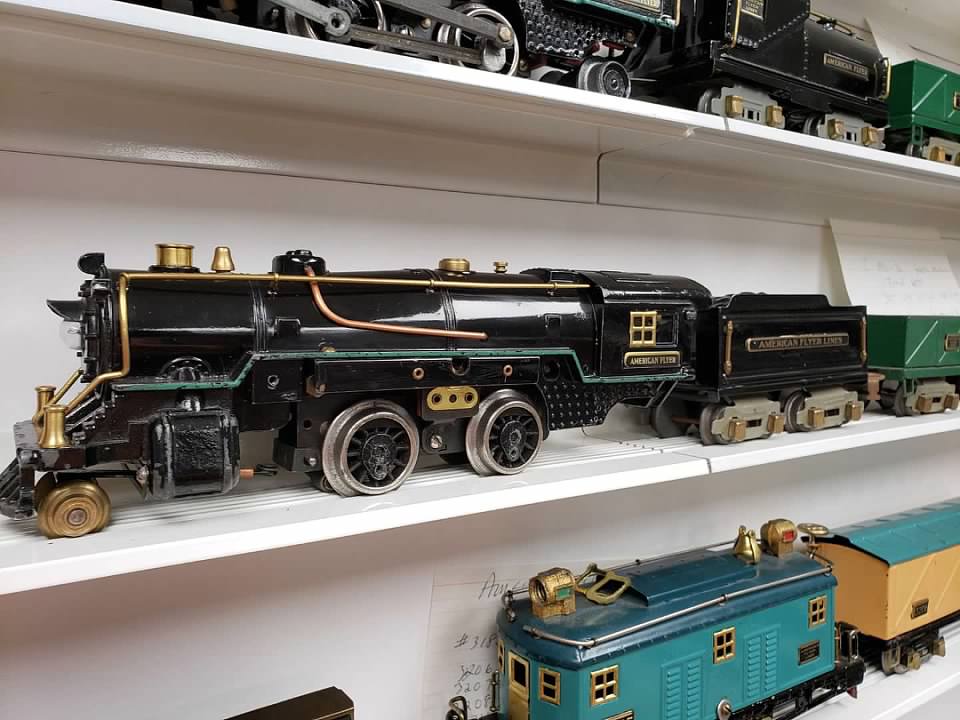
Note that this engine uses the die cast 3300 boiler from 1931, which was American Flyer's first large die cast engine. Although one might say that the above engine is a 3300, it is not. The 3300, pictured below, differs in many ways
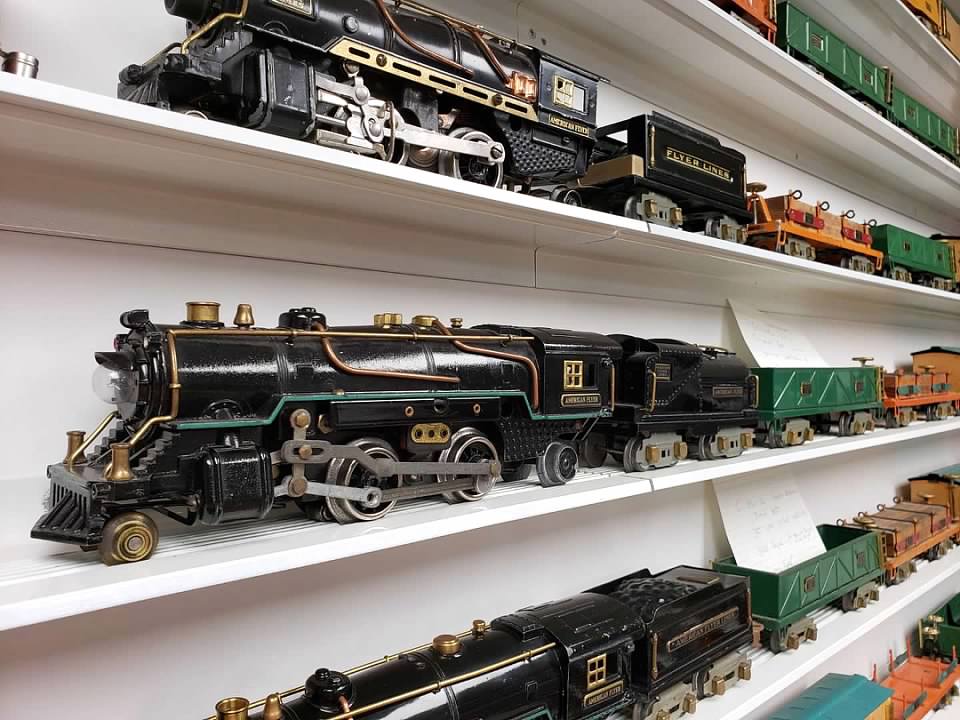
The 3300 features a 2-4-2 configuration, with the above 3190 not including any means to connect the trailing truck (ie there are no holes in the motor frame to allow the truck to be attached).
The 3300 features automatic reverse and a red cast iron cab weight, which has a red light mounted in the firebox area. Due to the 3190 featuring a rear mounted manual reverse, there is no room for the cast iron cab weight and therefore, no light in the firebox.
Note that the 3300 has 2 pieces of copper boiler piping per side, where the 3190 only features the forward copper boiler piping. Additionally, the brass sand dome on the 3300 is made to accept the rear piece of copper piping, but the brass sand dome on the 3190 does not include holes for the rear copper piping.
Lastly, the unusual 3190 actually has a boiler stamping stating it is a 3190. The photo below shows the remains of the 3190 rubber stamping.
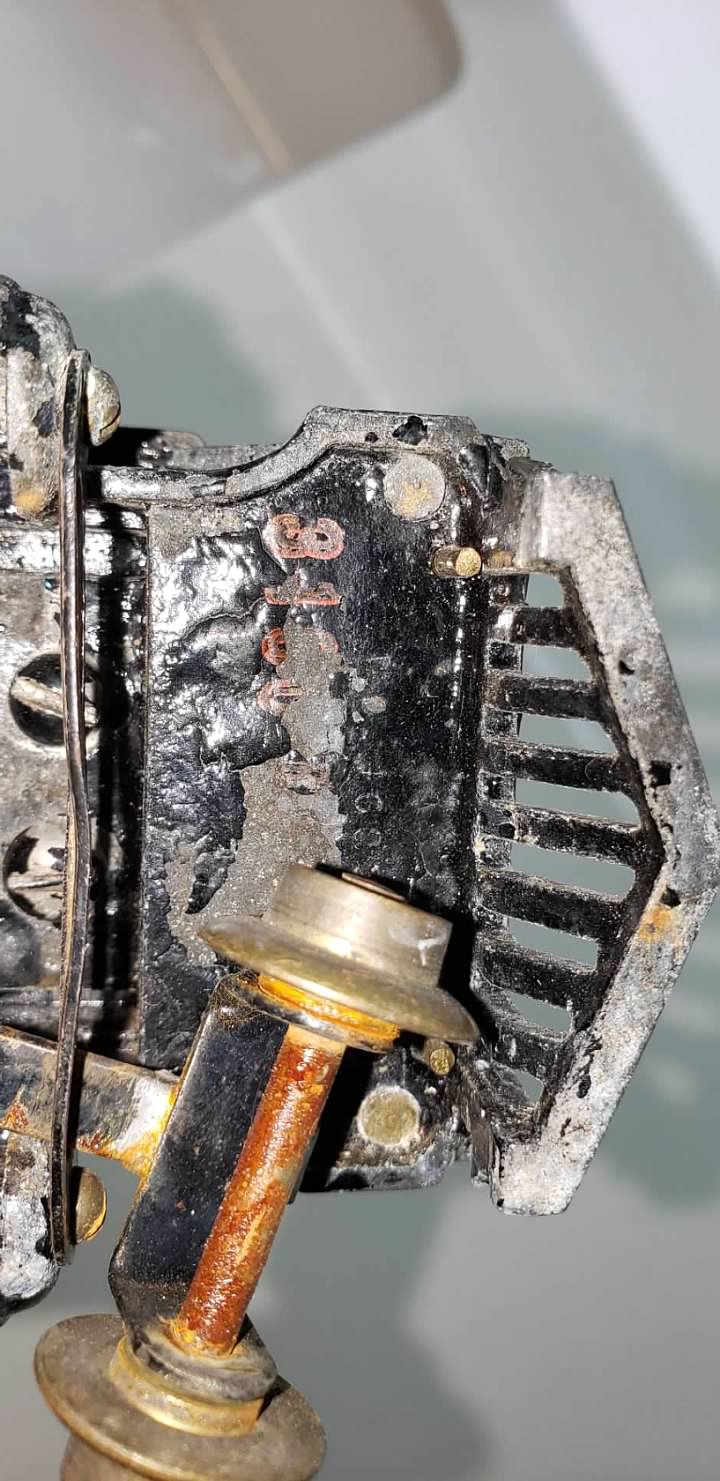
The one thing that has always puzzled me is what type of side rods came on this engine. The 3300 engines came with these side rods
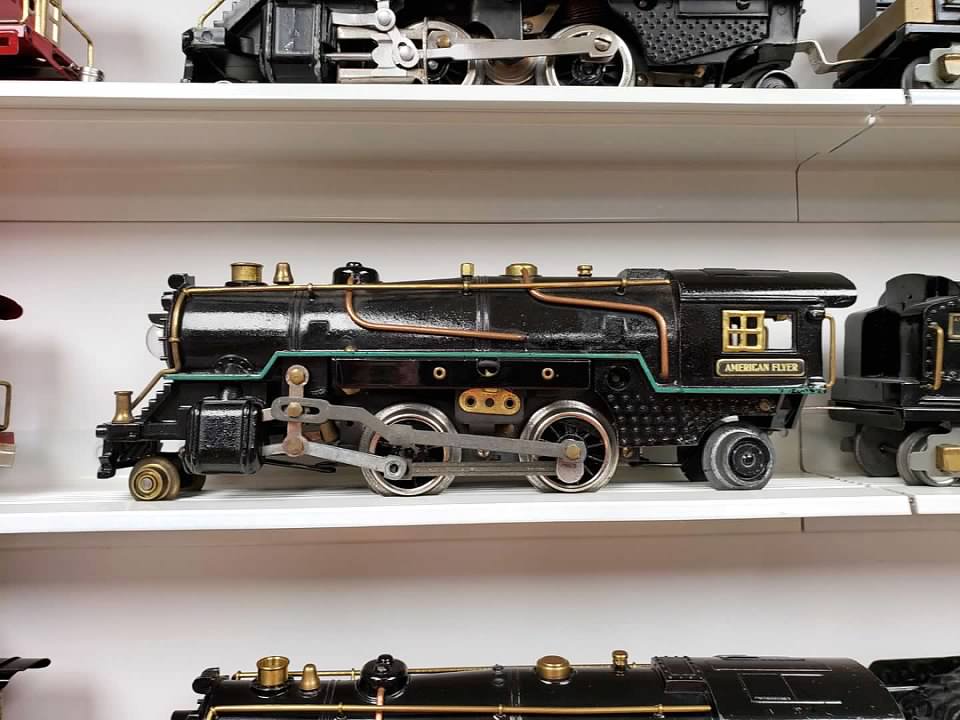
The above side rods are die cast and are typically missing from engines when you find them today. The one thing that I noted with the 3300, is that there is a funky piece for attaching the side rods to the rear drive wheel. The funky piece presses into the drive wheel over the rod that connects the two wheels and then the main rod screws into the funky piece. I know that there is a bored out hole in the rear drive wheel to accept the funky piece being pressed in.
The drive wheels on my unusual 3190 are presently in poor condition, but I could tell that they were not bored out and whatever drive rods were on the engine, were screwed into the rear wheel.
One of my unusual 3190s came with homemade side rods, as shown below
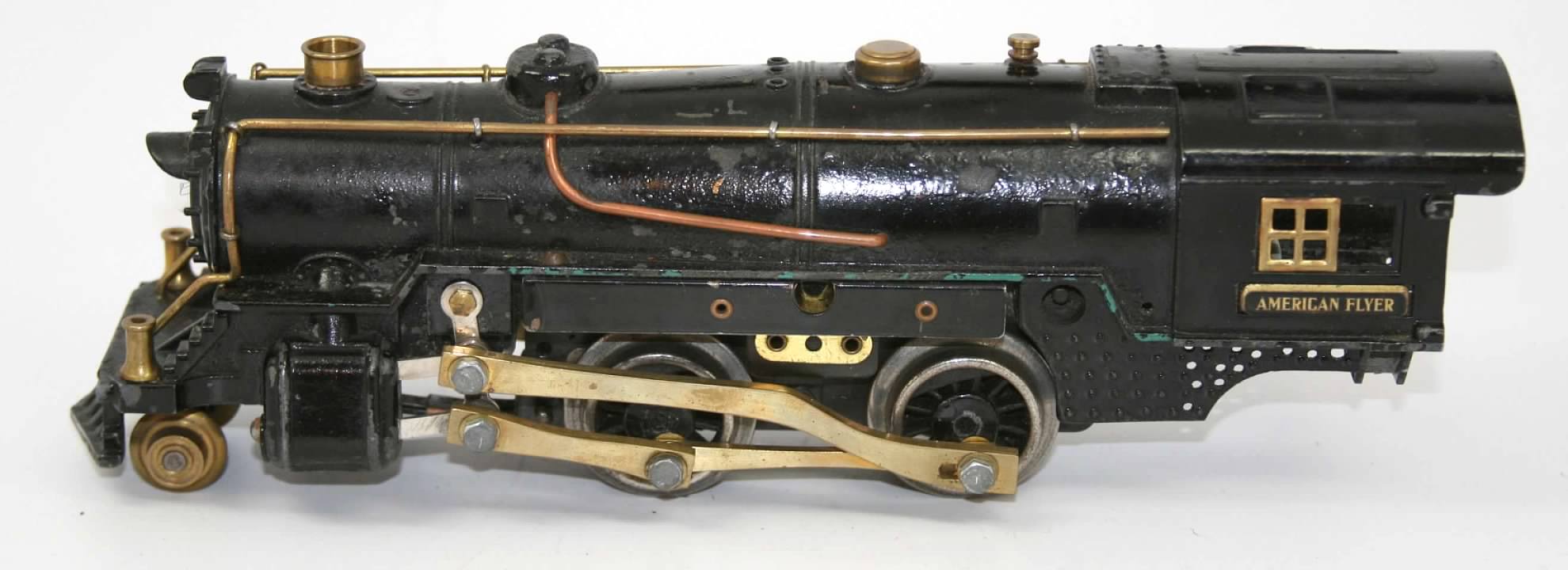
The above side rods appear to closely match the die cast side rods of the 3300, but still left me wondering, until today. Here is the unusual 3190, I picked up at the Stout Auction, with the main side rod still in place.
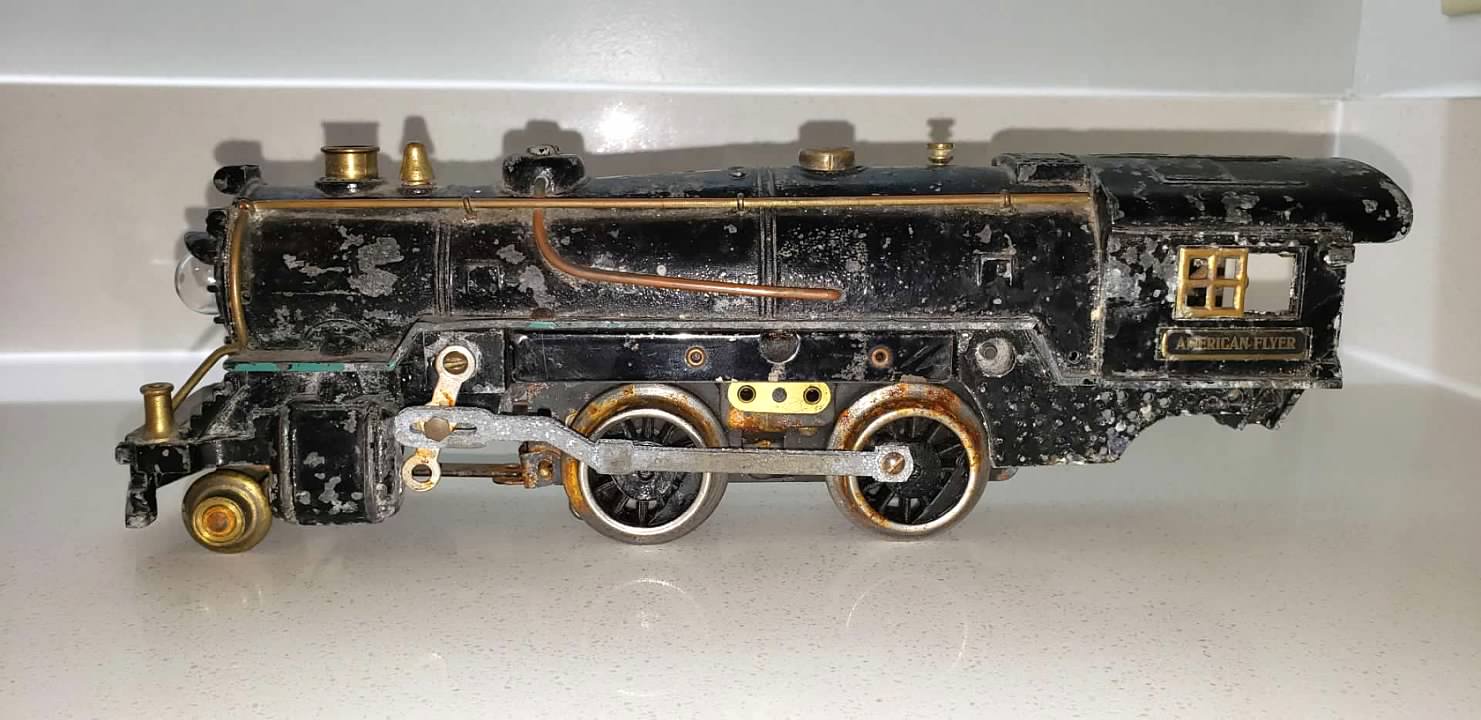
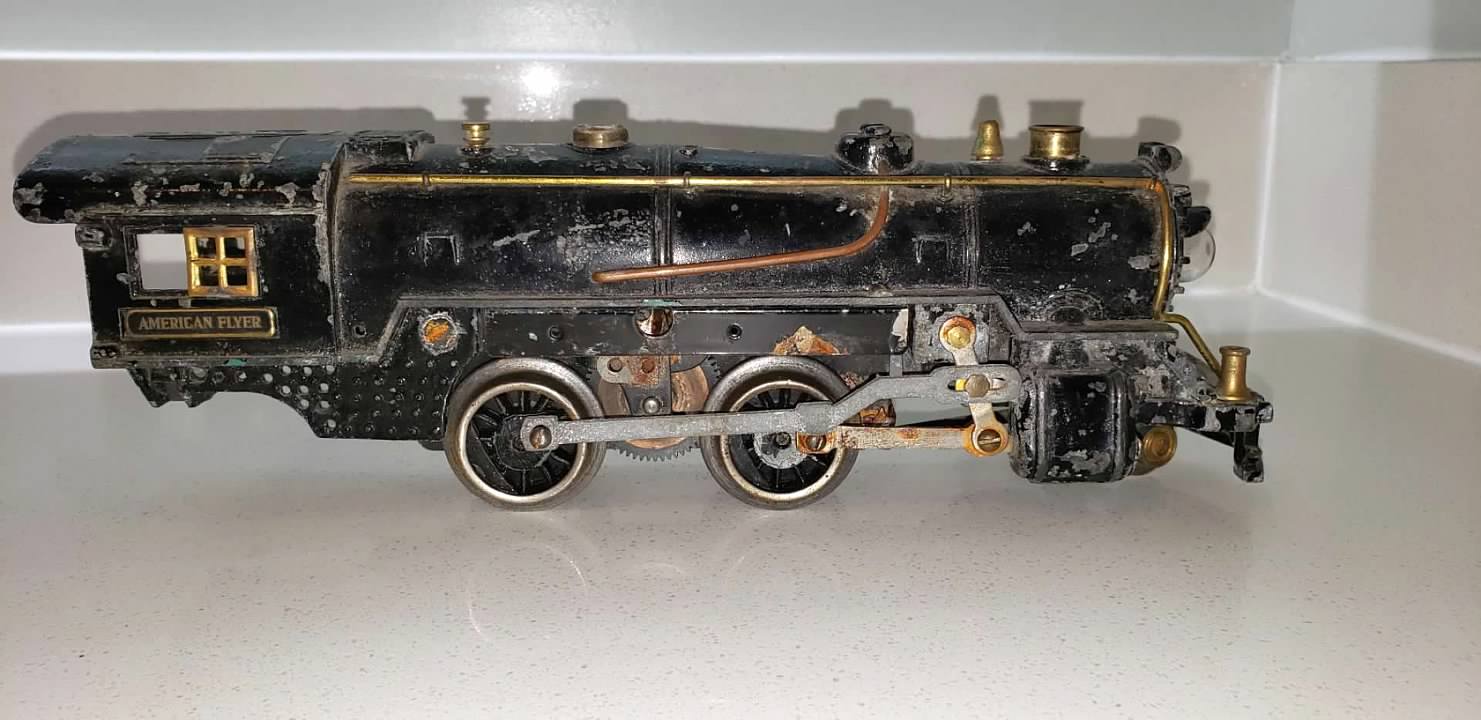
As you can see, the side rods are the same ones used on the 3300, but they are missing the funky piece that connects the side rods to the rear drive wheel and the side rods are screwed directly into the rear wheel. They are also missing a few pieces, primarily the piece that goes between the two drive wheels. However, I have those.
Eventually these side rods will be removed from this engine, cleaned up, and added to the nicer unusual 3190 that is in my collection.
NWL




